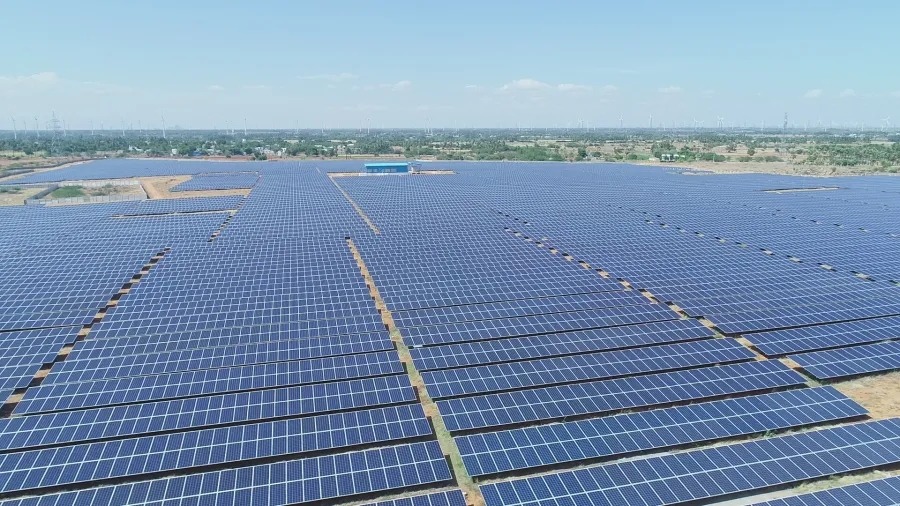
Discoms’ financial health remains a ‘critical’ challenge to RE growth in India
This puts projects at risk of delays or cancellation.
The poor financial health of distribution companies (Discoms) serves as a “critical” challenge to renewable energy growth in India.
India ranked as the third market with the largest growth in renewables, following China and the United States, as it is forecasted to add some 121 gigawatts of renewable capacity between 2021-2026.
India’s renewable deployment is currently led by solar photovoltaic (PV) with 74% and onshore wind with 16%.
“India’s forecast is revised upwards, but this is mostly due to accelerating capacity additions at the end of the forecast period following the dip in 2020, as some policy improvements have offset increasing challenges,” the IEA Renewables 2021 report read.
These callenges include the poor financial health of discoms which had led to delays in the signing of power purchase agreement (PPA), putting projects at risk of delays and cancellation. To address this, the government stepped in with assistance through extensions in the commissioning deadline for ongoing projects as well as grants of financial aid.
After the 2020 round of financial aid extended to discoms, the companies’ saw a downward trend in overdue payments in the first quarter of 2021. However, the total overdue payments started to increase anew in the following quarter after the second wave of restrictions.
“As a result, they are postponing the finalisation of wind and solar PV PPAs while seeking to renegotiate downwards the contract prices already awarded in competitive tenders,” the IEA said.
In this light, the government planned to grant a new round of stimulus, worth US$41 b, for the next five years. It also set a new guideline that allows them to terminate PPAs with coal plants after 25 years.
“This will help them reduce fixed capacity payments, and enable greater flexibility in adapting to system needs and renewable energy mandates,” the IEA said.
“This change may affect almost a third of India’s coal fleet of around 210 GW and facilitate the procurement of more renewable energy.”



















 Advertise
Advertise







